If you live in a wintry locale of America or Canada, you should sport winter tires on your vehicle to improve its on-road traction and safety credentials. While it is mandatory by law to install these tires in a majority of cold-weather countries worldwide, they are not generally mandated here in most parts of North America. Some even argue why making winter tires mandatory isn’t the best solution.
It is why most people do not equip their vehicles with winter/snow tires during the snowy season — despite the clear and influencing science of their safety benefits; and which are now more affordable, convenient, and practical than before.
According to a 2018 study by the United States Department of Transportation Federal Highway Administration, Americans cover around 13,476 miles per year. On the other hand, Canadians travel an average of 20,000 to 25,000 kilometers per year, which is almost the same as Americans.
While it relies heavily on the harshness of particular winter weather and region, most car owners install winter tires in mid-November and change them with summer or all-season tires around mid-March when many take their ride out of winter storage.
We can safely say drivers use these tires for four to five months every year. If we consider the average mileage of motorists in the U.S., they will travel around 4,500 miles in four months.
We spoke with Sailun Tire — a tire brand quickly gaining recognition as a high-quality, budget-friendly option for tire shoppers — who tell us winter tire longevity/mileage ratings are normally measured by how many seasons they last; that this isn’t an exact number but, generally speaking, also agree the answer at 4-5 seasons, including their Ice Blazer WST1 product — a studdable winter tire designed for maximum traction in severe weather conditions.
But Sailun adds, “However, that depends on each driver, driving habits, and whether they are diligent with 7 degrees Celsius on/off. It is also fair to mention a winter tire replacement is when a the tire reaches 4/32 remaining tread.”
Therefore, a winter tire with a warranty of up to 6 years and 40,000 miles tread life projection could theoretically survive for about nine winter seasons.
Naturally, some people will drive more than an average driver (or much less). Whatever is the case, you should expect a winter tire to survive for at least 4 to 6 years. If you consider the expense of buying four is around $500, it takes your total cost per season to less than $75.
If they last for good eight years, the cost would be even less, of course. We believe most owners would concede that $75 is an excellent investment for additional security while motoring in winter.
Manufacturers mostly create winter tires with a much softer rubber compound than all-seasons.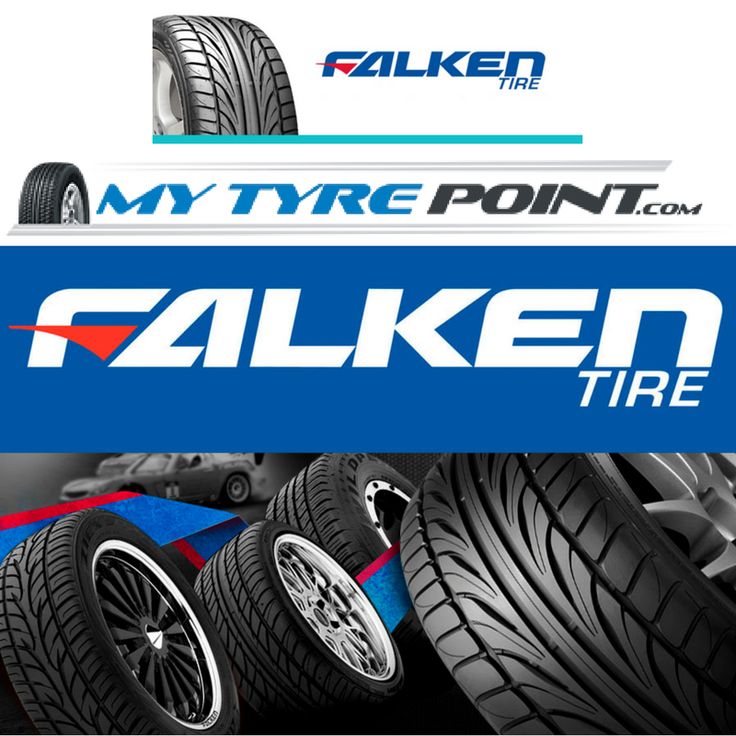 Therefore, they usually have lower wear ratings than their all-season counterparts. Some tire makers mention the expected distance use to prevent consumer dispute.
Therefore, they usually have lower wear ratings than their all-season counterparts. Some tire makers mention the expected distance use to prevent consumer dispute.
The actual mileage will depend on several factors such as vehicle type and weight, driving behaviour, and road conditions. Furthermore, it will rely on your punctuality to change the winter tires in the spring and the way you store them.
Ensure you do not drive with winter tires in warm/hot weather, and always replace them with summer tires before the spring starts. Keep in mind the 7 degrees Celsius rule; when the temperature rises above this, know it is time to change your winters.
Winter in some parts of Canada and America can be really tough for drivers. However, fixing winter tires is one great way to keep your commutes safe. With tire technology advancing and winter tires becoming more affordable, the reasons to swap out for snow-rated tires are more realistic.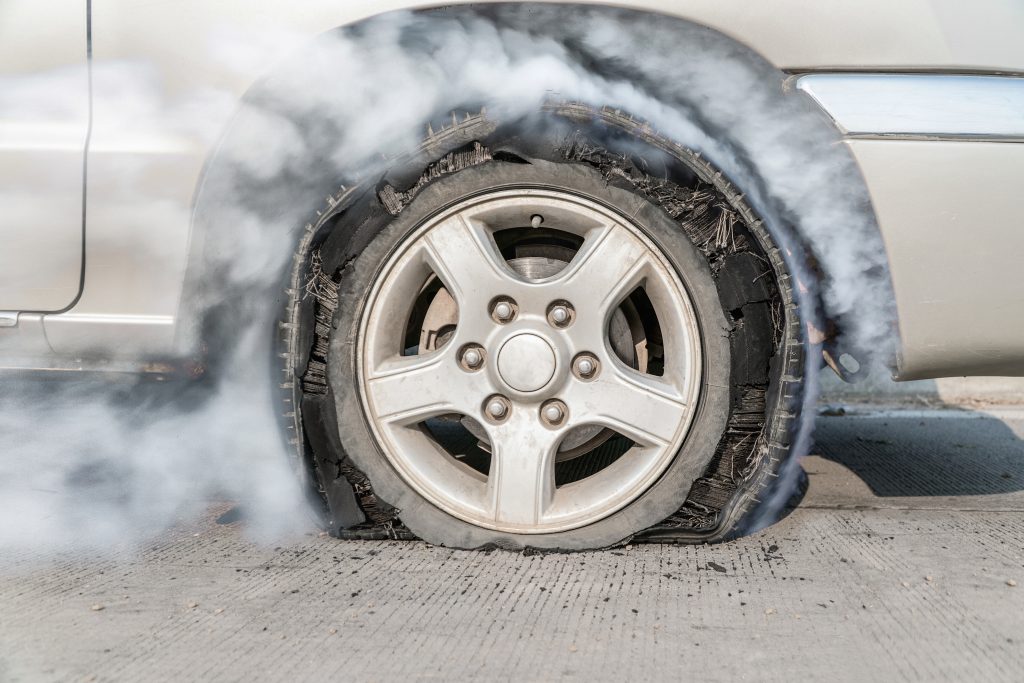
If you’re in the market for new snow-rated tires, here are top picks for the best winter tires.
by Moove In Self Storage
If you live in the northeast, including Connecticut, Maryland, Massachusetts, New Jersey, New York, and Pennsylvania, winter tires (or even studded tires) are a must. The reason is simple; the 4-letter word folks here call snow. For that matter, ice, sleet, and freezing rain too. If you’re going to be driving in winter, your car or truck should certainly use a decent set of winter or studded tires. That begs the question; how long do winter tires last? If staying safe while saving money is your goal, keep reading to find out.
If you visit just about any other country where they deal with winter weather, winter tires are mandatory.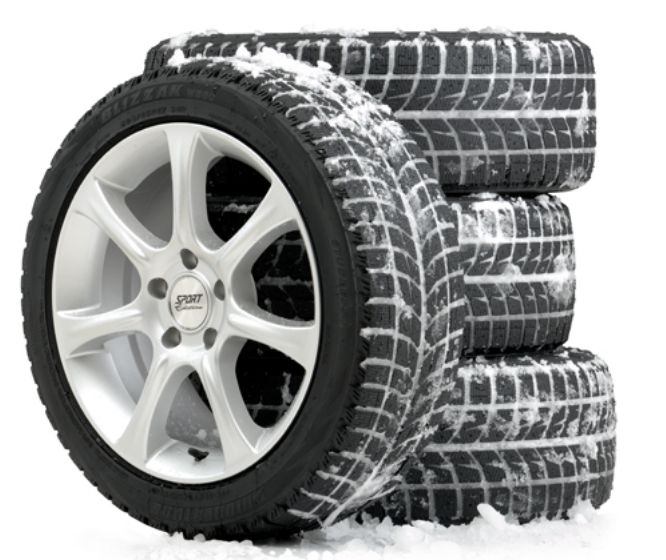 Unfortunately, that’s not the case for the United States. You won’t find any mandatory winter tire requirements anywhere, which is a shame. The states do, however, place restrictions on when you can use studded tires. Studded tires provide better traction on ice and snow by using metal or rubber studs. They offer heavier duty protection than winter tires, but both types of tires will help to protect drivers from winter hazards. The fact is, there’s clear and convincing evidence that winter tires give you a safety advantage. Dozens of different scientific studies have proven exactly that. Still, the majority of drivers on the road in the United States don’t use safe winter tires.
Unfortunately, that’s not the case for the United States. You won’t find any mandatory winter tire requirements anywhere, which is a shame. The states do, however, place restrictions on when you can use studded tires. Studded tires provide better traction on ice and snow by using metal or rubber studs. They offer heavier duty protection than winter tires, but both types of tires will help to protect drivers from winter hazards. The fact is, there’s clear and convincing evidence that winter tires give you a safety advantage. Dozens of different scientific studies have proven exactly that. Still, the majority of drivers on the road in the United States don’t use safe winter tires.
The debate this causes every year is no joke. Let’s face it, tires aren’t cheap. (Although, just FYI, winter tires are cost-competitive with any other type of tire.) That’s a problem, however, considering tires are arguably the most important component on your car or truck. In our humble opinion, winter or studded tires are an excellent investment. And the question of how long do winter tires last is almost moot since they last as long as regular tires.
And the question of how long do winter tires last is almost moot since they last as long as regular tires.
The thing is, tire manufacturers make a lot of compromises when designing tires. The reason why is that, when you improve performance in one factor, you almost always have to diminish another factor. For example, all-season tires work great when you have relatively mild weather changes. On the other hand, they don’t do nearly as well in very cold weather and snow. That’s because all-season tires tend to loosen their grip since they stay too flexible.
Many car and truck owners who have four-wheel-drive vehicles believe they don’t need winter tires. That’s actually untrue. While 4-wheel drive can help get your car or truck going, it won’t do much to help it stop. 4-wheel drive is great for controlling your car or truck but that has nothing to do with the actual tires. If they’re just regular tires the tread are not designed to push snow or ice out of the way.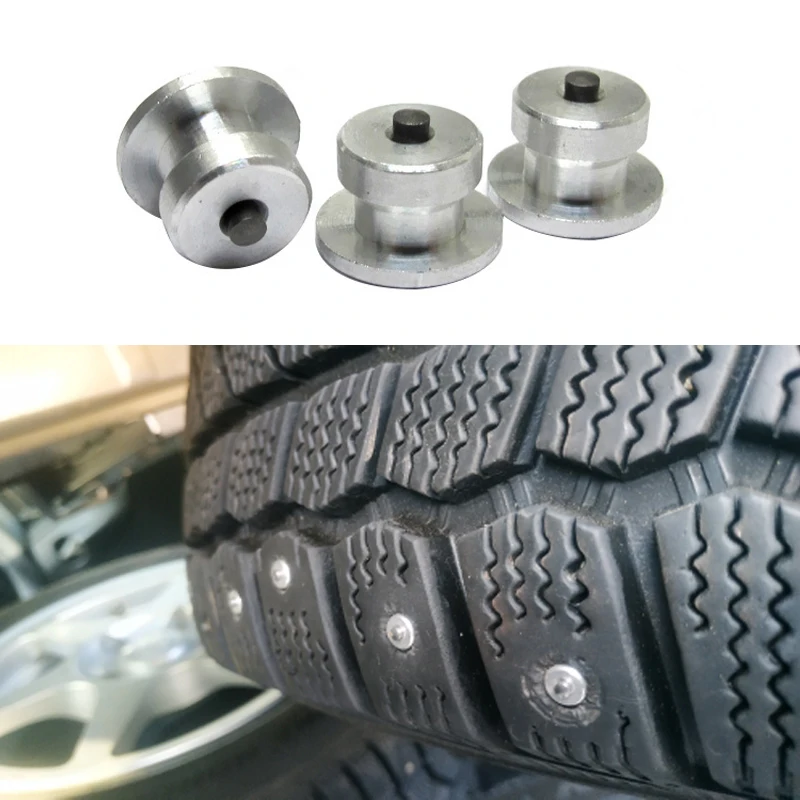 In short, 4-wheel drive or not, winter tires make your car or truck safer.
In short, 4-wheel drive or not, winter tires make your car or truck safer.
Many folks in the northeast believe that winter tires are only useful in snow. While they do work extremely well in snow, winter tires are also good for ice, freezing rain, and sleet. The reason why it is that the rubber compound used in them keep them flexible and very low temperatures. That flexibility gives you much better handling and stopping power whether there’s snow on the ground or not.
Unlike regular tires or even all-season tires, winter tires work like a charm in the snow. Their supple rubber helps them perform excellently in freezing temperatures and heavy snow. Plus, they have a deeper tread that helps make driving in both snow and slush a lot safer. Both their flexible compounds and specialized tread designs make winter tires a much better choice for driving in snow.
What you need to consider when purchasing winter tires is that you’ll only be using them for about 4 months, and then storing them to get a longer life cycle. Let’s take a look at a winter tire with a 40,000-mile tread life. Plus, the average amount of miles Americans drive every year. That number, according to the United States Department of Transportation Federal Highway Administration, is approximately 13,500 miles per year. That means if you drive 4 months on winter tires you’d put 4500 miles on them. Extrapolated out, that means you’d need 8.9 winter seasons to put 40,000 miles on them.
Let’s take a look at a winter tire with a 40,000-mile tread life. Plus, the average amount of miles Americans drive every year. That number, according to the United States Department of Transportation Federal Highway Administration, is approximately 13,500 miles per year. That means if you drive 4 months on winter tires you’d put 4500 miles on them. Extrapolated out, that means you’d need 8.9 winter seasons to put 40,000 miles on them.
Of course, you may drive much more than the average person (or much less). Whatever the case may be, you could easily expect your winter tires to last 4-6 seasons. If you figure that the cost of four is about $500, your total cost per season would be less than $75. (If they last 8 seasons, it’s even less!) We think most people would agree that $75 is a good investment for extra safety while driving in winter. But based on location, how long do your winter tires last and are studded tires allowed?
Connecticut averages 37 inches of snow per year. The months of December, January, February, and about half of March are the typical winter months in Connecticut. Therefore, winter tires are good for at least four seasons in Connecticut if stored correctly. Additionally, Connecticut state law allows studded tires from November 15 through April 30 only.
The months of December, January, February, and about half of March are the typical winter months in Connecticut. Therefore, winter tires are good for at least four seasons in Connecticut if stored correctly. Additionally, Connecticut state law allows studded tires from November 15 through April 30 only.
Maryland gets a little less snow than Connecticut with an average of 20.6 inches per year. This means that snow tires can last up to 6 seasons. The first snowfall of winter for Maryland usually arrives in December. The season’s last snowfall typically happens in March. Since the snowfall is lower than other northeast states, studded tires are illegal in Maryland, except for in certain counties.
Like the other areas in the Northwest, snow tires in Massachusetts will last about four seasons if properly cared for. The snowfall in Maryland comes out to a whopping 48.1 inches per year. The first snowfall of winter usually arrives in December. The season’s last snowfall typically happens in March. Maryland is normally free of snow every year from May to October. Keep in mind, in Massachusetts, studded snow tires are only allowed from Nov. 2 to April 30. The fine for violating this law is $50.
The first snowfall of winter usually arrives in December. The season’s last snowfall typically happens in March. Maryland is normally free of snow every year from May to October. Keep in mind, in Massachusetts, studded snow tires are only allowed from Nov. 2 to April 30. The fine for violating this law is $50.
New Jersey averages 23 inches of snow per year, which is less than the national average. So we recommend using your snow tires for about six seasons. Snow may fall from about November to April in New Jersey. Studded snow tires are legal on vehicles in New Jersey between November 15th and April 1st.
New York sees it’s fair share of winter weather, with an average of 36 inches of snow per year. With that in mind, winter tires are good for at least four seasons. The Department of Motor Vehicles in New York says studded tires are allowed from Oct. 16 through April 30.
Pennsylvania is one of the snowiest states, with an average of 41 inches per year. With that in mind, winter tires are good for at least four seasons in Pennsylvania if stored correctly. Additionally, studded tires are allowed for road use in Pennsylvania from November 1 to April 15.
Now that we’ve answered your tire question, the next question is storing them. Since the average American household has three cars, that’s 12 tires. Even if you have a large garage, 12 tires take up a lot of space! That’s why MooveIn Self Storage is a better choice for storing those bad boys.
Safe and secure, MooveIn offers storage units all over the northeast. That includes Pennsylvania, Connecticut, Massachusetts, Maryland, New York, and New Jersey. No matter which state you live in, our storage units are safe, clean, and affordable. Even better, with our month-to-month leases, you won’t have to pay for the months you’re using your winter tires.
Renting a storage unit from MooveIn Self Storage is super easy. Simply fill in our online application, choose the storage unit that fits your needs best and you’re done! There’s no deposit necessary and, to make things even more convenient, you can pay your monthly bill online. Of course, you can store anything else you like in one of our storage units, no problem. Furniture, collectibles, clothing, winter sports equipment, you name it.
Wintertime in the northeast can be a real bear, weather-wise. Using winter tires, however, is one of the best ways to keep your family safe when you’re on the road. As we’ve seen, it’s also quite affordable. These tires should easily last you quite a few seasons. Whatever you decide, please remember to drive safely and get home to your family. If you have questions about storing your winter tires, feel free to chat online with a MooveIn manager today.
 ..
.. According to manufacturers, car tires should last up to 10 years, but this is the maximum period. The recommended service life of tires is no more than 5-6 years - in practice, after such a time, it is necessary to change the rubber, since it loses its consumer properties. This is very important, as is seasonal replacement, as worn tires greatly increase the risk of an accident, especially on wet or icy roads. Where you can confidently drive at a speed of 70–80 km/h on new tires, it is easy to lose control on worn tires already at 55–60 km/h. Therefore, every motorist needs to know about the service life of tires so that the operation of the car is not only comfortable, but also safe.
The specified service life of 5–6 years is rather arbitrary. More important is not the date of issue of rubber, but the degree of daily wear and mileage .
The main factor influencing tire life is the vehicle type , which determines its load capacity. We are talking about what the maximum load a car can carry and whether its tires can withstand, which can be understood by their load capacity index.
We are talking about what the maximum load a car can carry and whether its tires can withstand, which can be understood by their load capacity index.
Overloading the machine by 20% shortens the service life by 30%, so the vehicle must not be allowed to carry loads that exceed its carrying capacity.
In addition to the type of car, the list of factors that affect the life of tires of any type includes:
It is necessary to control the optimal pressure in the tires of your car during all seasons.
Regarding the correct rearrangement of tires, we prepared a separate and detailed material, which you can find at the link.

Based on the list of influencing factors, we can conclude that reduces the life of tires:
Critical tire wear can be determined by special indicators that are carried out during tire production. These are transverse protrusions (lintels), reaching a height of 1. 6 mm.
6 mm.
When the indicators become visible, the tire has begun to wear out.
The location of the indicators is indicated on the sidewall of the tire using the triangle symbols or the letters TWI meaning Tread Wear Indicator.
Critical tire wear is indicated by:
Summer and winter, passenger and truck tires have their own minimum residual tread depth, which is determined by wear indicators. You can measure this value with a special depth gauge: if it is below the set limit, then the rubber needs to be replaced.
Measuring is difficult due to uneven wear. In this case, it is necessary to determine the suitability of rubber in the area where wear is most pronounced . When the tread edge wears out on one side, we can speak of a violation of the toe-in angle . In this case, you need to contact the service station.
When the tread edge wears out on one side, we can speak of a violation of the toe-in angle . In this case, you need to contact the service station.
Tires also have numbers that wear out as they wear, which also helps to determine its degree.
Learn more about the types of wear and what it can threaten in the article.
The average load capacity of passenger cars is 2 tons , and the tire mileage is about 45 thousand km. Depending on the driving style, the characteristics of the car itself and the season, you can drive on passenger tires from 40 to 70 thousand km .
Summer tires tend to last longer than winter tires because the operating conditions are less severe. All that summer tires can face on the road is high temperatures, hot or wet asphalt. The last to be determined is the safe value of the residual tread depth - for summer tires it is 1.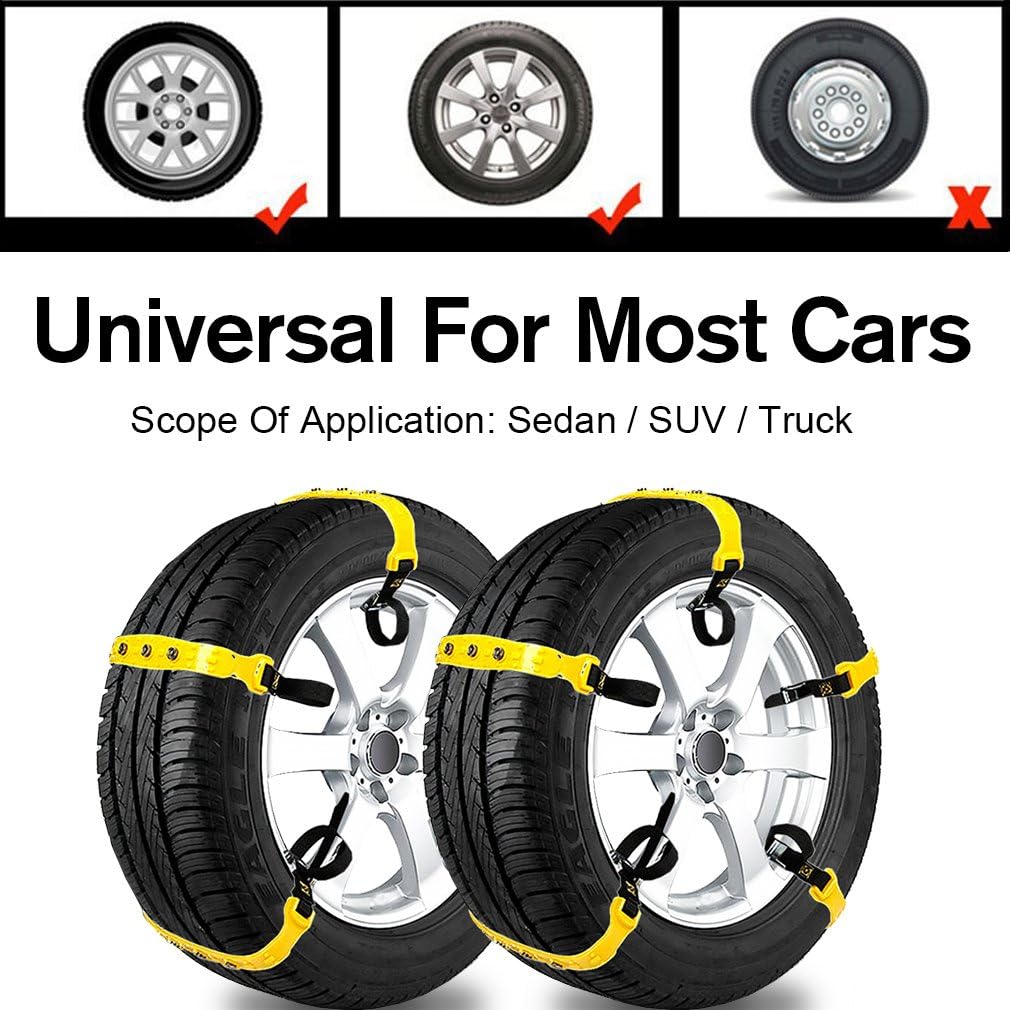 6 mm . With a shallower groove depth, water drainage becomes impossible. Although the behavior of the tire on the road becomes unsafe already at a tread depth of about 3 mm.
6 mm . With a shallower groove depth, water drainage becomes impossible. Although the behavior of the tire on the road becomes unsafe already at a tread depth of about 3 mm.
Summer tires are more rigid than soft and elastic winter tires. The peculiarity of the composition and less difficult operating conditions explain the longer service life: an average of 5-6 years with careful driving on a flat roadway.
Winter tires have much less time and almost always fail due to tread wear, because the tread of a new tire is 7-8 mm, and the working height remains only 3-4 mm.
In the case of studded tires, very few metal elements are retained with such wear, so it can no longer provide proper road safety.
Friction (not studded) tires with similar wear also lose most of their performance.
In reality, winter tires have an average mileage of not exceeding 30,000 km .
Some motorists decide to re-roll "bald" tires in the summer, but this is dangerous, because the grip on the heated road surface will be very low.
So, the service life of winter tires differs depending on their type:
You can find detailed recommendations on choosing winter tires for your car here.
Residual tread depth for winter passenger tires is 4 mm . The value was chosen taking into account the fact that to ensure safe driving on winter roads: snowy, icy, covered with wet snow. In the latter case, a phenomenon akin to aquaplaning occurs - slashplaning, i. e. sliding on snow slush (slush), which occurs at speeds above 50 km / h. The wheels seem to "float" over the road at high speed.
e. sliding on snow slush (slush), which occurs at speeds above 50 km / h. The wheels seem to "float" over the road at high speed.
The tread must have sufficient height so that the slush is quickly removed from the contact area with the road. This is due to the fact that the thickness of the layer of wet snow can be several centimeters. Grooves that are too shallow just won't do the job.
It has also been proven that directional tread tires resist slashplaning better. The direction of rotation is usually indicated by an arrow and the word Rotation.
Light truck tires are designed for light trucks, pickups, buses and light commercial vehicles that have load capacity from 2 to 4 tons . The average mileage of the tires used on them is 60 thousand km . This is due to the fact that such tires belong to the category of commercial tires with a reinforced structure.
To prolong the life of your light truck tires, we recommend checking the pressure at least once a week, preferably every morning before driving.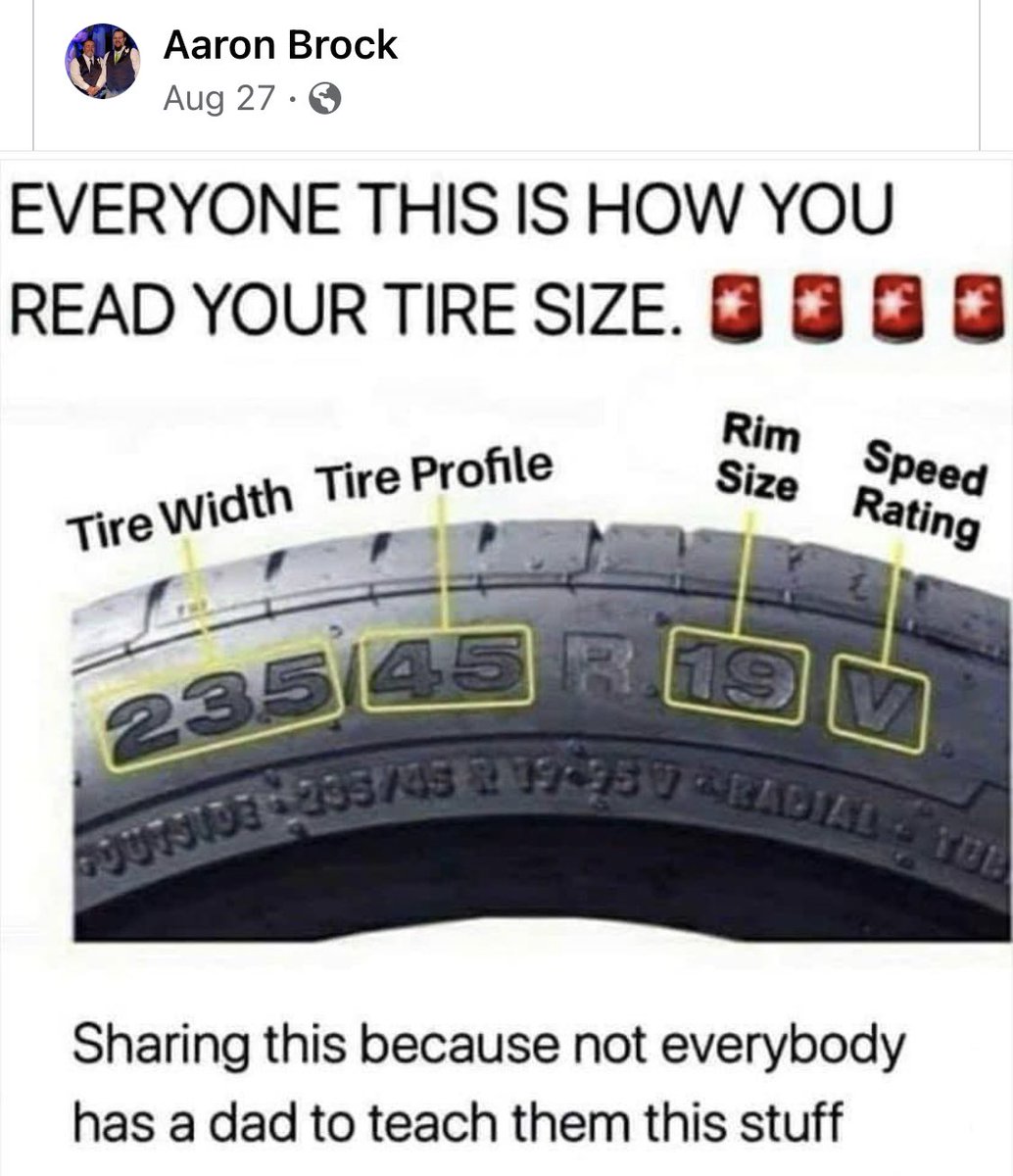 Measurements must be made on cold tires , i.e. not less than 3 hours after the end of the trip.
Measurements must be made on cold tires , i.e. not less than 3 hours after the end of the trip.
The choice of the correct size of tires depending on the season also helps to increase the resource: appropriate wide models are more suitable for summer, and winter and narrower ones are better in winter.
Trucks have the largest load capacity - more than 4 tons . Accordingly, their rubber has the greatest resource, which is 65–70 thousand km . In this case, the residual tread depth is 1 mm .
Increased wear resistance is due to the fact that truck tires are primarily designed for intensive use, often daily throughout the year. The decisive role in the service life of such tires is played by:
 Tires quickly deform, overheat, become covered with cracks, which in the end can even lead to a rupture.
Tires quickly deform, overheat, become covered with cracks, which in the end can even lead to a rupture.
The issue of service life for such tires is also important because it affects the cost per kilometer (CPC), which is important for evaluating the performance of rubber, optimizing fleet costs and determining the profitability of freight transportation. Recall that the indicator is calculated according to the following formula:
UPC = (Tire cost + Maintenance costs - Carcass price) ÷ Mileage (km).
From the formula it becomes clear: the greater the mileage of the tires, the lower the UPC, which means that the freight transportation is more profitable.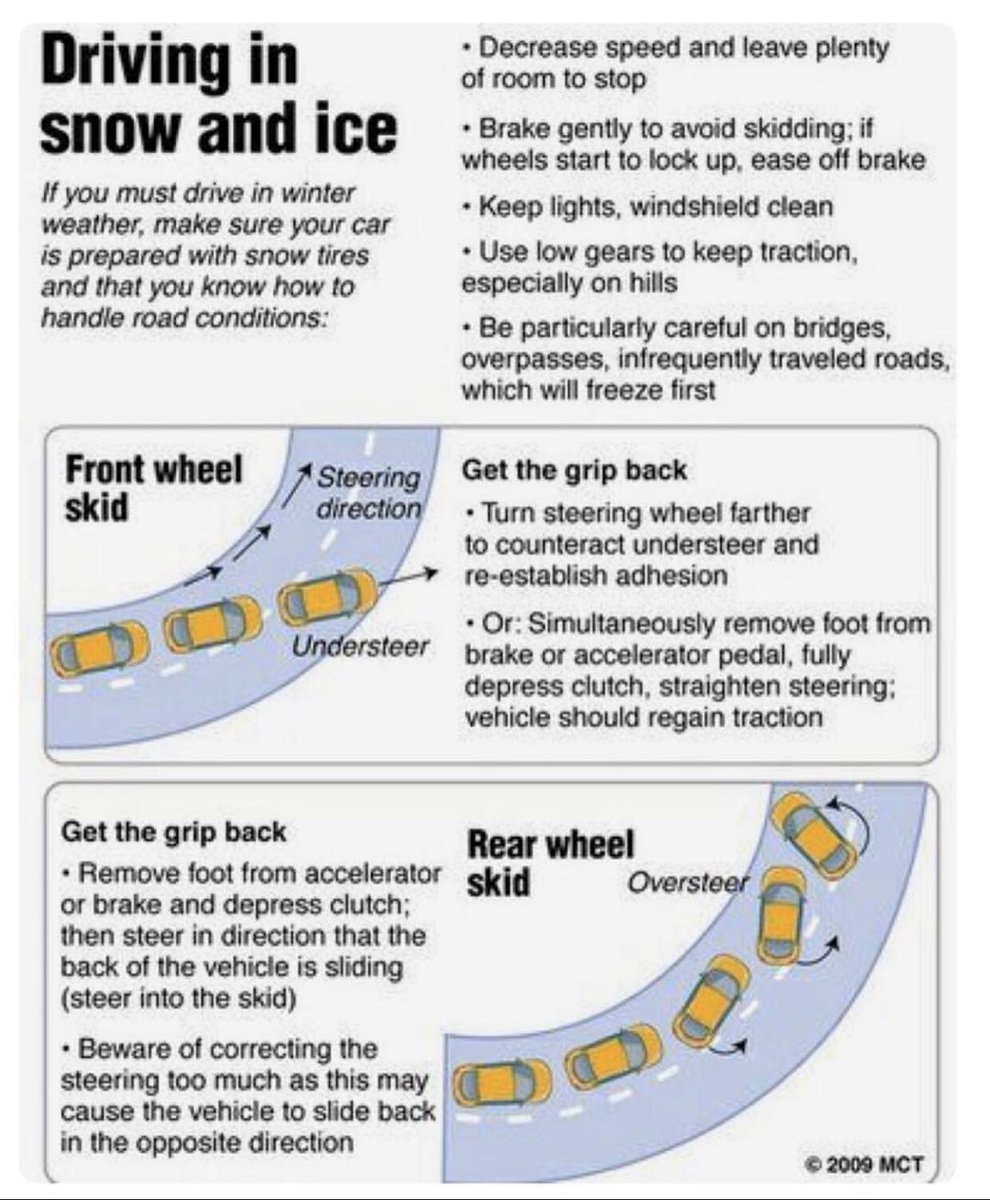 Therefore, companies conducting such activities seek to increase the resource of tires. This is possible by following the basic recommendations that are suitable for all tires:
Therefore, companies conducting such activities seek to increase the resource of tires. This is possible by following the basic recommendations that are suitable for all tires:
When choosing truck tires, you need to take into account the operating conditions of the truck and the category of goods transported, depending on what they buy:
It also matters the type of axle where the tires will be installed: trailer tires cannot be placed on the steering axle due to the incorrect operation model and the load calculated by the manufacturer. These actions can not only significantly reduce the life of the tires, but also be dangerous for driving on the roads.
It is equally important to follow the recommendations for driving, in particular, do not drive at high speed with a heavily loaded car, move smoothly, do not accelerate too quickly.
Tire life is as important for agricultural machinery as for trucks.
The cost of operating rubber here reaches 20% of the total cost of per car. And during the service life of equipment , rubber has to be renewed 3-4 times .
Due to the operation in difficult field conditions, tires for agricultural and special equipment have an increased resource. High wear resistance is provided by a multi-layer construction (6–24 layers) of the sole and sidewalls, reinforced reinforcement, a special tread compound and stiffeners.
But even with a special design, tires for agricultural machinery usually last less than for passenger cars - sometimes is less than 5 seasons , which is explained by difficult operating conditions. To extend the service life, you must follow a number of rules:
 The wetter the ground, the higher the lugs should be. To work on soil with a high level of adhesion, lugs are needed, located as far apart as possible.
The wetter the ground, the higher the lugs should be. To work on soil with a high level of adhesion, lugs are needed, located as far apart as possible. When driving, pay attention to whether the vehicle is pulling to one side. If this happens, then a swap is required.

Reading 5 min Views 48.1k. Posted by Updated
Winter tires are softer than summer tires and therefore wear out much faster. So what is the lifespan of winter tires? How to buy good studded tires in the secondary market and not regret it? Let's take a closer look at this important topic for motorists.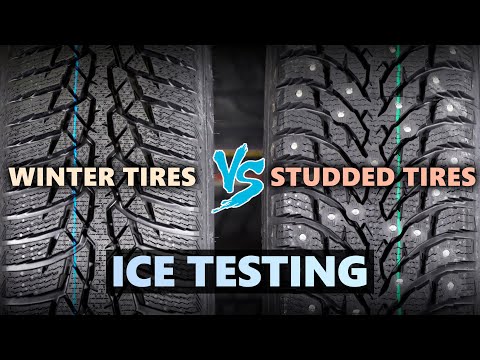
Content
All car tires are made from a rubber compound and are therefore subject to gradual wear. The degree of wear is influenced by many factors. But there are standards that allow you to determine
According to Russian GOST 4754-97, pneumatic tires for passenger cars have a warranty period of 5 years from the date of manufacture. For off-road tires, this expiration date according to GOST has been increased to 10 years.
If your tires are older than 5 years, have them thoroughly inspected before use.

The use of rubber older than 8 years from the date of manufacture is very dangerous. During such a period, the rubber product becomes inelastic, and the grip of your passenger car with the road on these tires will be extremely low.
Finding out the age of a tire is easy, just look at the markings on the side of the tire. The year of manufacture is the 3rd and 4th digits of the code, while the 1st and 2nd indicate the week of production. From this date, count the expiration date of rubber according to GOST.
There are 2 types of winter tires:
Each has its own advantages and disadvantages.
Studded tires are safer on snow. They are not afraid of severe frosts . They show good grip on roads covered with ice and sleet, which shortens the braking distance. When driving on wet asphalt, the result is worse than Velcro.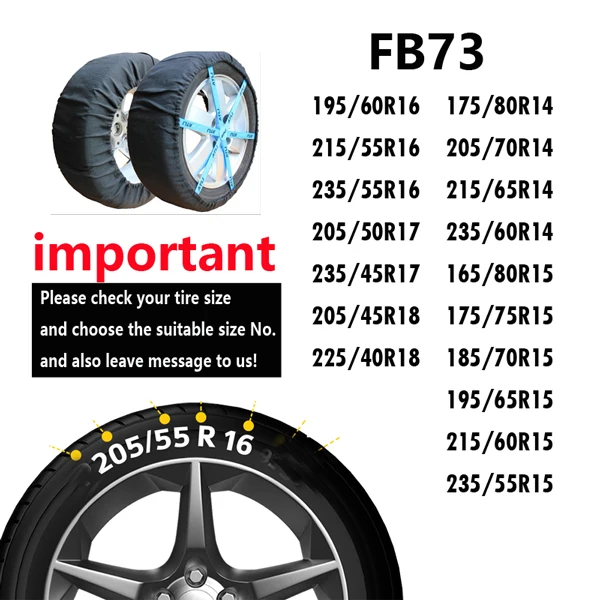 By The disadvantages of studded tires include high weight, high noise levels, rapid wear and increased fuel consumption.
By The disadvantages of studded tires include high weight, high noise levels, rapid wear and increased fuel consumption.
Velcro tires are made from soft rubber that can withstand low temperatures. This ensures perfect traction with the road surface, or “sticking”. Velcro is ideal for mild climates (not below 0°C) and city driving. For driving on ice and snow are unsuitable for , the braking distance is longer than for tires with spikes. The service life of Velcro winter tires is longer than studded.
The service life of winter tires depends on the country of manufacture:
Velcro winter tires always last longer than studded tires. But such tires are not suitable for the Russian winter.
When asked about tire life, Nokian replied: “The recommended tire life is six years and the recommended maximum is 10 years.” They also advised to pay more attention to checking their technical condition, rather than the date of production.
The wear and tear of automobile tires is affected by many factors : country of manufacture, mileage, operating and storage conditions. Let's list the main ones.
Store rubber in a cool, dark and dry place. Too high temperature, humidity and sun are detrimental for rubber products. Tires on rims should be stacked for storage and empty tires stacked vertically side by side.
Regularly check the pressure in the tires - low values have a negative effect on the service life. Also do not pump tires, when using a pump, be sure to check the result with a pressure gauge. For the winter period, the pressure is 0.2 bar higher.
Also do not pump tires, when using a pump, be sure to check the result with a pressure gauge. For the winter period, the pressure is 0.2 bar higher.
Reduced tire pressure by 2 bar increases the braking distance by 1.5 times.
Refer to the following table for the correct values.
For the long life of car tires and their minimum wear, you should follow the rules:
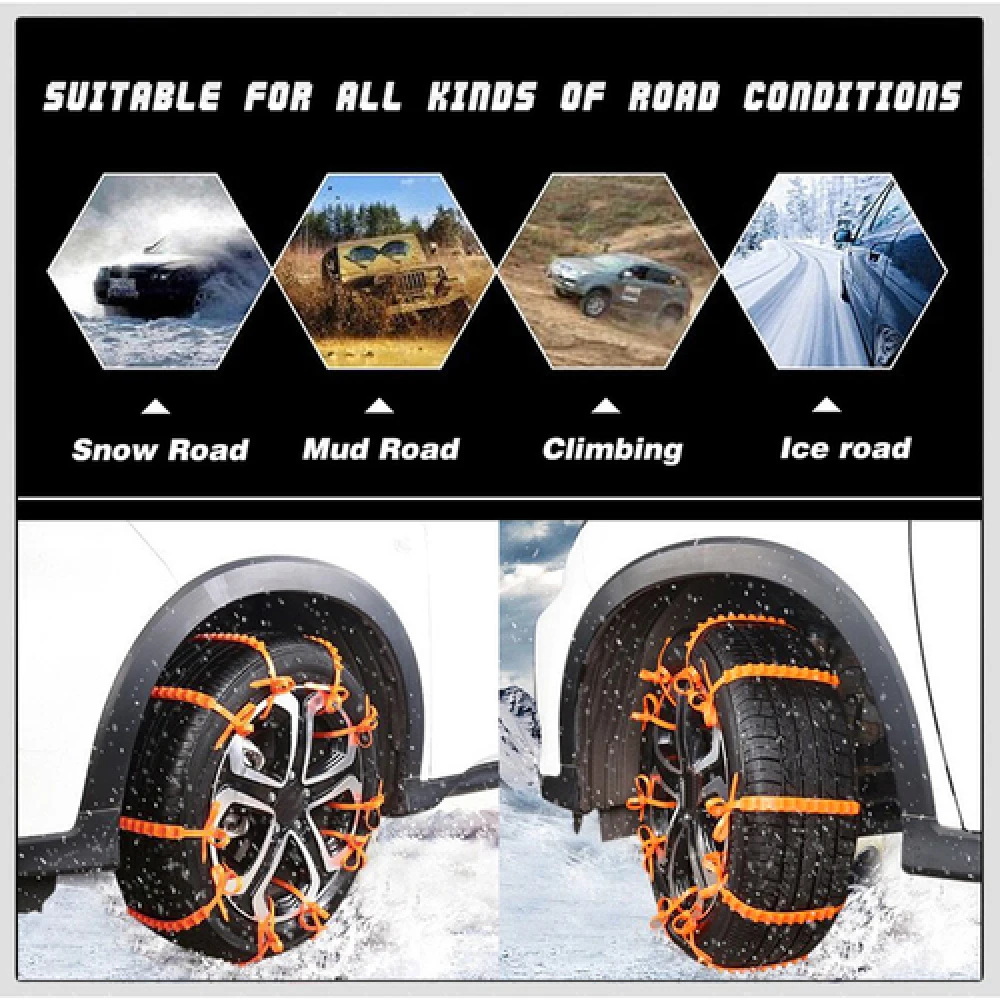 The quality of the road surface directly affects tire wear. But here we are still powerless.
The quality of the road surface directly affects tire wear. But here we are still powerless. Another danger for tires is the imbalance of the car wheels. This also increases the wear rate of the rubber. When changing tires from winter to summer and vice versa, be sure to balance the wheels.
Also, due to the imbalance of the toe, the car loses control, it pulls to the side, which can lead to an accident. To avoid such problems, adjust the wheel alignment in a car service in time.
The operation of summer tires becomes dangerous if the residual tread height is less than 1.6 mm. For winter tires, the norms are stricter - the tread cannot be less than 4 mm. In these cases, the rubber should be replaced. Also on Nokian and BridgeStone there are indicators in the form of numbers or snowflakes that will help you determine wear in time.